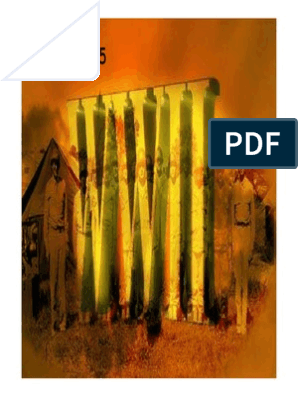0% found this document useful (0 votes)
103 views5 pagesWorld War II, 1939-1942 Notes
Here are 3 potential responses for how Britain and France should respond to the German invasion of Poland:
1. Britain and France should declare war on Germany as they had pledged to defend Poland's sovereignty. While war would be devastating, allowing Germany to violate international agreements and invade other countries would set a dangerous precedent.
2. Britain and France could impose severe economic sanctions on Germany to pressure them to withdraw from Poland without military engagement. However, sanctions alone may not be enough to stop German aggression and restore Poland's occupied territory.
3. Britain and France should give Germany an ultimatum to pull out of Poland within a short timeline or face military intervention. This allows one final attempt at a peaceful solution but makes clear that further invasion
Uploaded by
student Marie-Helene MorelCopyright
© © All Rights Reserved
We take content rights seriously. If you suspect this is your content, claim it here.
Available Formats
Download as PDF, TXT or read online on Scribd
0% found this document useful (0 votes)
103 views5 pagesWorld War II, 1939-1942 Notes
Here are 3 potential responses for how Britain and France should respond to the German invasion of Poland:
1. Britain and France should declare war on Germany as they had pledged to defend Poland's sovereignty. While war would be devastating, allowing Germany to violate international agreements and invade other countries would set a dangerous precedent.
2. Britain and France could impose severe economic sanctions on Germany to pressure them to withdraw from Poland without military engagement. However, sanctions alone may not be enough to stop German aggression and restore Poland's occupied territory.
3. Britain and France should give Germany an ultimatum to pull out of Poland within a short timeline or face military intervention. This allows one final attempt at a peaceful solution but makes clear that further invasion
Uploaded by
student Marie-Helene MorelCopyright
© © All Rights Reserved
We take content rights seriously. If you suspect this is your content, claim it here.
Available Formats
Download as PDF, TXT or read online on Scribd
/ 5























































































